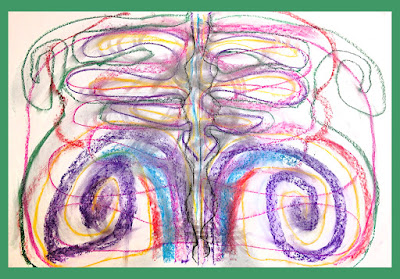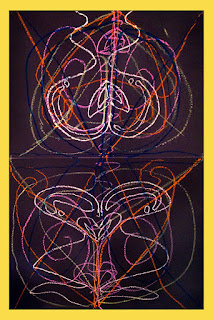Please use them to share ideas, adopt a lesson to make it your own, or to show to your own students. You can see all of the videos created so far right here:
You have all been so helpful to me, and I want to return the favor.
Teachers are amazing. Especially art teachers! As things are unfolding in the world, we are adjusting to creating ways to connect with our students as we are thrust into the world of distance learning. Social media is now in the forefront as we reach out to each other and share ideas for lessons, advocacy, and communication with each other and our students. Thank you for all of your inspiration!
A few weeks ago here in New Jersey, my colleagues and I were given notice to write lessons to post for online learning, and were given very little time. My first lessons were written instructions, and focused on utilizing the home environment. I needed to make sure that lessons were manageable and that all students would be able to accomplish their projects with a variety of circumstances and art supplies at home.
As time away from my students began to expand, and homeroom teachers branched out to things like Zoom and Flipgrid for meeting with and conducting their classes, I thought about how I could connect with my students. I needed to be able to explain things visually and wanted my students to see and connect with me. I was also warned that every teacher could not schedule classes to meet virtually, so as not to overwhelm the learning from home schedule. So I set to work setting up my studio area to create video lessons.
And, kudos to all of the art teacher rock stars out there who already create videos! It is hard work. I fumbled over my words, smacked my lips, said "ummmm" I don't know how many times. Lighting is hard! Editing is hard! Needless to say I had quite a learning curve, and things aren't perfect, but I am virtually available to my students, and have given them ways to create art with choices for recycled materials or whatever art supplies they have at home. I hope these lessons are helpful to you all.
Be well and safe!

























































